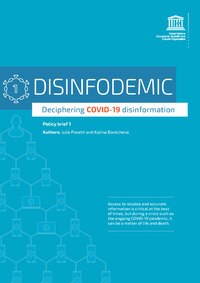
Photo from wikipedia
BACKGROUND Attractive toxic sugar bait (ATSB) is a novel vector control tool that exploits the sugar feeding behavior of mosquitoes. The current study aims to evaluate the efficacy of ivermectin… Click to show full abstract
BACKGROUND Attractive toxic sugar bait (ATSB) is a novel vector control tool that exploits the sugar feeding behavior of mosquitoes. The current study aims to evaluate the efficacy of ivermectin based ATSB against insecticide susceptible and resistant strains of major Indian malaria vectors-Anopheles culicifacies and Anopheles stephensi. ATSB with different concentrations of ivermectin were tested against mosquito vectors under standard laboratory conditions. RESULTS Dose-response analysis of ivermectin- ATSB showed 7.8 and 19.8 ppm as LC50 and LC90 values for insecticide susceptible An. culicifacies. In the case of insecticide susceptible An. stephensi, the LC90 value was 35ppm which was significantly higher in comparison to the LC90 for An. culicifacies. Lethal concentrations of ivermectin required for 50% mortality (LC50 ) of insecticide-resistant An. culicifacies and An. stephensi were 10.6ppm and 15.9 ppm respectively whereas LC90 values were 36.9 and 61.0. Ivermectin-ATSB resulted in 99±0.8% mortality of An. culicifacies and 93±3.8% mortality of An. stephensi at an ivermectin concentration of 25ppm. In another set of experiments, the ATSB solution containing standardised dose of ivermectin was sprayed on Allysum plant and mortality of both Anopheline vectors was recorded. Here, we observed >90% mortality in both An. stephensi and An. culicifacies. COCLUSION Our study demonstrates the potential of ivermectin based ATSB in killing Indian malaria vectors irrespective of the method of application. Further field trials with ivermectin containing ATSB may pave the way for its usage in the national vector control programme. This article is protected by copyright. All rights reserved.
Journal Title: Pest management science
Year Published: 2022
Link to full text (if available)
Share on Social Media: Sign Up to like & get
recommendations!